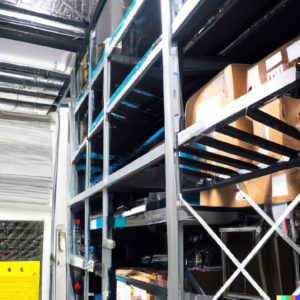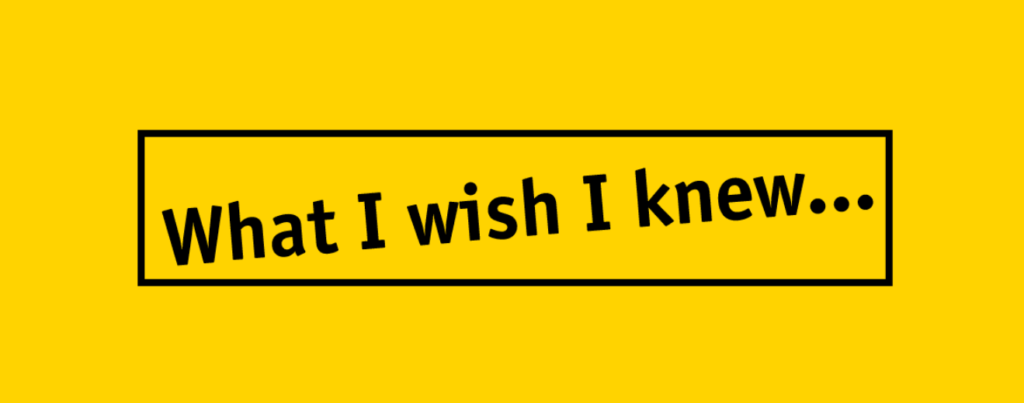How To Start A Micro Fulfillment Center? Micro fulfillment centers (MFCs) are small warehouses that use automation to store, pick, and pack items for ecommerce orders. MFCs are typically located near population centers to enable same-day or next-day delivery. By situating MFCs closer to customers, retailers can avoid the high costs and long wait times associated with traditional fulfillment models.
MFCs represent a new way of thinking about inventory management and order fulfillment. Rather than relying on a single large warehouse to store all of your inventory, MFCs allow you to spread your inventory across multiple smaller warehouses. This not only reduces your overall storage costs, but also allows you to better serve your customers by reducing shipping times.
There are many benefits to starting a micro fulfillment center, including:
Reduced shipping times and costs:
By locating MFCs closer to customers, you can avoid the long shipping times and high costs associated with traditional fulfillment models.
Increased customer satisfaction:
Customers are more likely to be satisfied with their orders when they receive them quickly and without any issues. MFCs can help you increase customer satisfaction by ensuring that orders are fulfilled accurately and efficiently.
Efficient inventory management:
MFCs can help you better manage your inventory by allowing you to spread it across multiple smaller warehouses. This can help you avoid stockouts and keep your inventory levels low, which can save you money in the long run.
Increased flexibility:
MFCs offer a more flexible way of fulfilling orders than traditional methods. This flexibility can allow you to better adapt to changes in customer demand and adjust your fulfillment process accordingly.
Starting a micro fulfillment center can be a great way to improve your ecommerce business. By reducing shipping times and costs, increasing customer satisfaction, and improving inventory management, MFCs can help you take your business to the next level. Let us continue with How To Start A Micro Fulfillment Center?
Step 1: Choose a Business Model for Your Micro Fulfillment Center
There are two main business models for micro fulfillment centers: B2B and B2C.
B2B micro fulfillment centers provide storage, picking, and packing services to businesses that sell products online. These businesses typically have their own ecommerce platforms and use MFCs to outsource their fulfillment needs.
B2C micro fulfillment centers provide storage, picking, and packing services to customers of online retailers. These customers typically place orders through the retailer’s website or app and have their orders shipped from the MFC.
Step 2: Develop Your Business Plan for Your Micro Fulfillment Center
Once you’ve decided on a business model for your MFC, it’s time to develop your business plan. Your business plan should include information on your:
-Micro Fulfillment Center Business goals:
What do you hope to achieve with your MFC? What are your long-term goals for the business?
-Micro Fulfillment Center Marketing plan:
How will you market your MFC to potential customers? What marketing channels will you use? How much will you budget for marketing?
-Competitor Analysis:
Who are your main competitors? What are their strengths and weaknesses? How can you differentiate your MFC from theirs?
-Funding:
How will you finance your MFC? Will you need to raise capital from investors or take out loans?
-Business location:
Where will you locate your MFC? Consider factors such as proximity to customers, cost of real estate, availability of labor, etc.
-Legal requirements:
What legal requirements do you need to comply with in order to operate your MFC? This may vary depending on your country or state of operation.
-Business registration:
How will you register your business? This may vary depending on your country or state of operation. -Business insurance: What type of insurance do you need for your MFC? This may vary depending on the type of products you’ll be storing and shipping. -Employees: Does your MFC require any employees? If so, how many employees will you need? What are their job responsibilities?
-Micro Fulfillment Center Financial plan:
How much revenue do you expect to generate? What are your operating expenses? What is your profit margin?
-Target market:
Who are your target customers? Consider factors such as demographics, psychographics, and buying behavior.
-Micro Fulfillment Center License:
Do you need any special licenses or permits to operate your MFC? This may vary depending on your country or state of operation.
Step 3: Choose Your Business Services for Your Micro Fulfillment Center
Your micro fulfillment center can offer a variety of services to its customers. The most common services offered by MFCs include storage, picking, packing, and shipping.
Storage:
MFCs typically offer storage services for businesses that sell products online. These businesses can store their inventory at the MFC and have it available for same-day or next-day shipping.
Picking:
Picking is the process of selecting the products that need to be shipped to a customer. MFCs typically use automation to pick orders quickly and accurately.
Packing:
Packing is the process of packaging the products that need to be shipped to a customer. MFCs typically use automation to pack orders quickly and efficiently.
Shipping:
Shipping is the process of sending the products that have been picked and packed to the customer’s address. MFCs typically use couriers such as UPS or FedEx to ship orders quickly and securely.
Step 4: Set Your Business Prices for Your Micro Fulfillment Center
When setting prices for your micro fulfillment center, there are a few things to consider:
-The type of products you’ll be storing and shipping: MFCs that store and ship high-value items will typically charge higher prices than those that store and ship lower-value items.
-The services you offer: MFCs that offer storage, picking, packing, and shipping services will typically charge higher prices than those that only offer storage or shipping services.
-The volume of orders you fulfill: MFCs that fulfill a large volume of orders will typically charge lower prices than those that fulfill a smaller volume of orders.
-Your operating costs: Be sure to factor in your operating costs when setting prices for your MFC. These costs may include rent, labor, utilities, insurance, etc.
-Your profit margin: Be sure to set prices that allow you to make a profit. A good rule of thumb is to aim for a profit margin of 10-20%.
Step 5: Find Your Potential Customers or Clients
There are a few ways to find potential customers or clients for your micro fulfillment center:
- Online directories: There are many online directories that list micro fulfillment centers. These directories can be a great way to find potential customers or clients who are looking for an MFC in your area.
- 2. Social media: Social media platforms such as Twitter and LinkedIn can be used to find potential customers or clients for your MFC. Use hashtags and keywords to search for people who might be interested in using your services.
- 3. Referrals: Ask your friends, family, and acquaintances if they know anyone who might need the services of an MFC. Referrals can be a great way to find potential customers or clients who are looking for an MFC in your area.
- 4. Traditional advertising: Traditional advertising methods such as print ads, radio ads, and TV ads can also be used to find potential customers or clients for your MFC.
Step 6: Build Your Micro Fulfillment Center
Now that you’ve developed your business plan and found potential customers or clients, it’s time to build your micro fulfillment center. There are a few things to consider when building your MFC:
-Micro Fulfillment Center Location:
Choose a location for your MFC that is close to your target market. This will help you reduce shipping times and costs.
-Micro Fulfillment Center Size:
The size of your MFC will depend on the volume of orders you expect to fulfill. A good rule of thumb is to start with a size of 1,000 square feet (93 square meters).
-Micro Fulfillment Center Layout:
The layout of your MFC should be designed to optimize efficiency and productivity. Be sure to include space for storage, picking, packing, and shipping.
-Micro Fulfillment Center Equipment:
Choose the equipment you’ll need for your MFC based on the type of products you’ll be storing and shipping. Common pieces of equipment include conveyor belts, sorting machines, and packaging machines.
-Micro Fulfillment Center Software:
Choose software that will help you manage your MFC effectively. Common software solutions include inventory management systems, order management systems, and shipping software.
Conclusion
Starting a micro fulfillment center can be a great way to improve your ecommerce business. By reducing shipping times and costs, increasing customer satisfaction, and improving inventory management, MFCs can help you take your business to the next level. Follow the steps in this guide to get started on your micro fulfillment center today. We are not experts in the field of micro fulfillment centers, but this guide should give you a good foundation on which to build your business.
We hope this blog post “How To Start A Micro Fulfillment Center?” has helped clear up any confusion you may have had. If you have any further questions, feel free to reach out to us and we would be happy to help! We are not financial advisors or lawyers. This content is for educational purposes only based on our own research. Make sure you also check other sources.
Hey, check out: How To Start An Estate Planning Practice?
Today sponsors are Localhandymantulsa.com , sprinklerrepairlongisland.com , Mailboxrepairtulsa.com , Chestercountytowingservices.com and Huttotxroofrepair.com. Always providing the best services in town.





